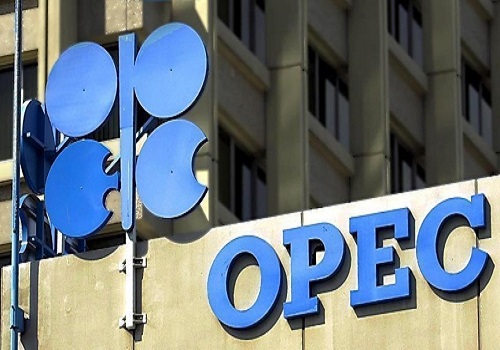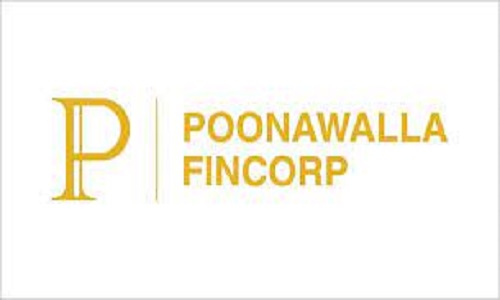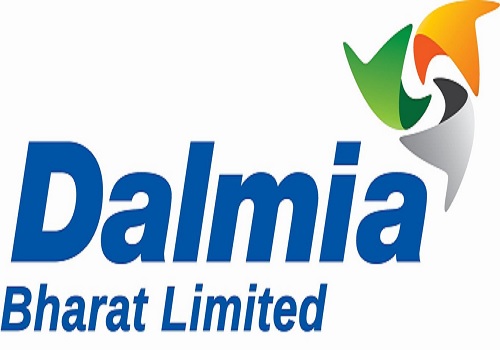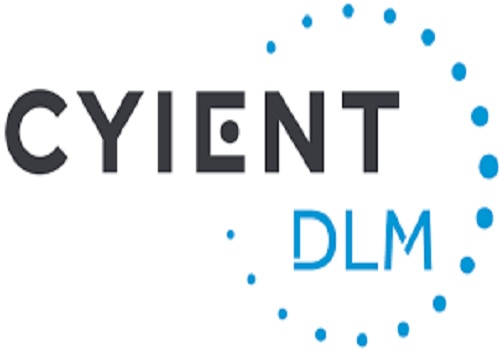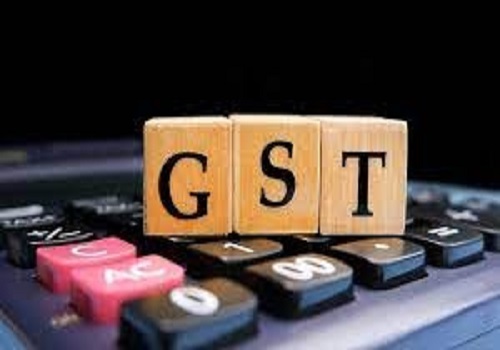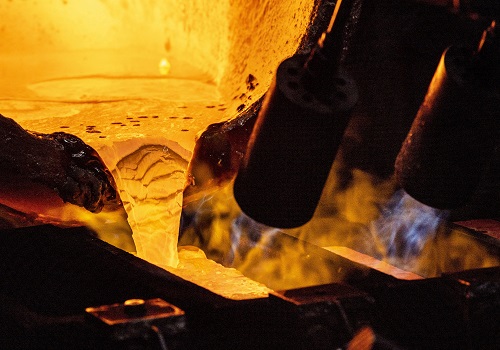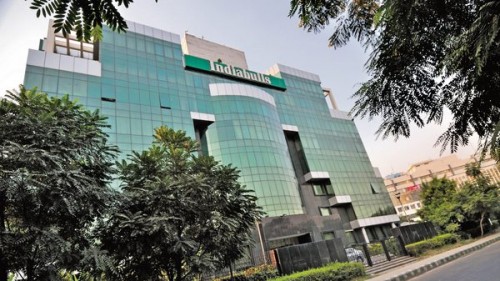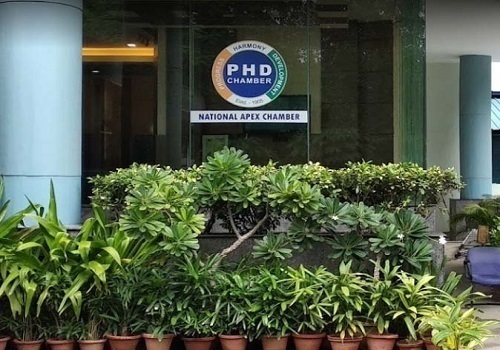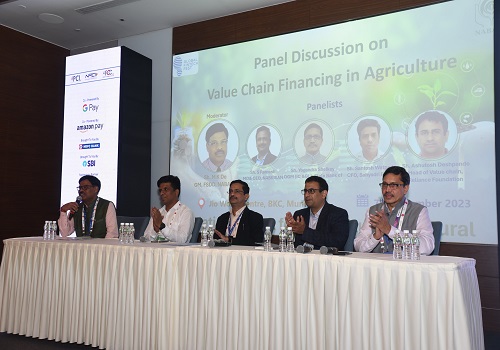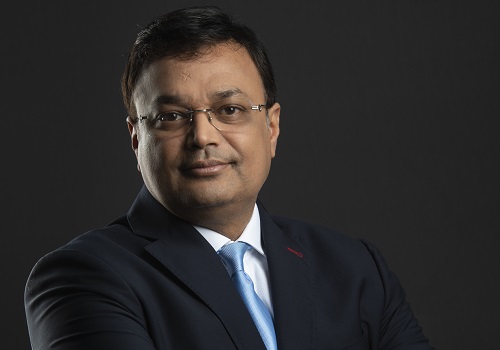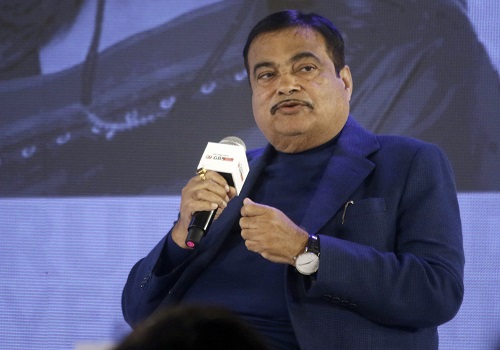Can market capital mobilization resurrect private capex? - JM Financial

Follow us Now on Telegram ! Get daily 10 - 12 important updates on Business, Finance and Investment. Join our Telegram Channel
https://t.me/InvestmentGuruIndiacom
Download Telegram App before Joining the Channel
Can market capital mobilization resurrect private capex?
Continuing with our thematic on private investment cycle, which considers preconditions for revival based on various inflection points, additional analysis on India GDP numbers corroborates that the likelihood of an immediate bounceback is limited. In particular, the output gap between the pre-covid real GDP trend (6.5% potential growth) and post COVID trend (2% trend growth) is at a historical level of -14% in 1QFY22 and it has remained sub trend over the past 4 years (Exhibits 17-20).
This is line with RBI’s OBICUS survey which shows capacity utilization for manufacturing sector at a low of 69% and asset turn ratio declining to 65% (CMIE data). These are at their lowest levels in 20 years and collectively also indicate subdued household demand conditions.
In this brief study we examine whether market fund raising, including public offers can imply a quick turn around in fixed investments, particularly in manufacturing. As we have noted earlier, if imperatives of investment cycles emerge, companies will utilize external borrowings to fund investments.
Our study of trends of market fund raising including public offer, FDIs, and banks credit and juxtaposing them with components of capital formation, particularly in the manufacturing sector do not substantiate the hypothesis. Market fund raising by Indian companies have remained fairly robust for several years, growing at 16% CAGR since FY14, however it has been accompanied decline private investment rate. Since FY08 there has been a consistent decline in gross capital formation/GDP from 40% to 28% in FY21.
The upshot is that it is the services sector, including financial, & technology, consumption themes that are gaining traction from market fund raising. Large companies have been using market capital to improve balance sheet structure. Manufacturing sector has been less dependent on market funds for fixed investments. Excess liquidity, low rates, market funding have been inimical to bank lending.
* We note that a) fund raising has been dominated by financial sector, thereby fueling growth in non-bank companies. Fund raising by the manufacturing sector has been modest, growing at 10% (FY14-21), b) fund raising by all sectors spiked up in FY21 and FY22YTD, but capital formation has declined by 10% in real terms and industrial bank lending contracted (-0.3% YoY), c) thus companies have been using cash flows form operations and market fund raising to repay bank loans.
Hence, excess liquidity, low rates, market funding have been inimical to bank lending, d) ratio of market fund raising to manufacturing sector capital formation is very low at 6%, e) new projects announced at INR 2tn in Jun’21 quarter is lower by 55% YoY and 60% from the pre-pandemic Mar’20 quarter, f) fixed investments in manufacturing sector grew by a modest 7% in nominal terms during FY14-20, significantly skewed by Chemicals, particularly petroleum, f) there is good traction in non-finance services sector, particularly in transportation, communication, warehousing, technology, and recreation, g) FDI flows surged to a peak of USD 59bn in FY21, but here again it has been dominated by services sector.
FDI into manufacturing has remained stagnant at USD 20bn/year over the past 4 years, indicating that initiatives like Make in India and gains from of structural deindustrialization in China since 2012 have not been substantial beyond select industries like chemicals. This contrasts the experiences of RCEP members, particularly emerging Asia. Lately, Auto, retail and education sectors are seeing revival in FDI flows, indicating investment interest in India’s consumption themes.
* We continues to hold the view that private sector capex will emerge only after sustained consumption demand. In the interim, our preference remains on select themes such as industrial consumables (GMM Pfaudler, SKF India), and companies dependent on government spending-construction (L&T, Shree Cement, Ultra Tech) and defence (BEL). Read Capex cycle inflection point still a while away.
Key observations from our study of market capital raising
* Irrespective of trends in fixed investments by companies, fund raising by Indian companies (debt and equity) has been rising consistently over the past 2.5 decades to INR11.5tn in FY21. It grew by 16% and 10% for all sectors and manufacturing respectively during FY14-FY21. And it is predominantly financial services which contributes 60-75% of the total fund raised (Exhibit 1).
* Fund raising has spiked considerably in FY21 and FY22YTD but given the moderation in fixed investments earlier and contractions since the COVID shocks, the contributing impact of market fund raising is not evident.
* The contribution by non-financial services sector is around 11% of total. It spiked in FY20 and FY21 to 18% and 14% respectively (Exhibit 2).
* Contribution of fund raising by manufacturing sector has been low at 7% (CAGR of 8% FY14-FY20), and here also there was a spike in FY21 to 13%. The sector’s contribution in public offer is even lower (Exhibit 3).
* Given that capital formation generally contracted in FY21 (-10% YoY, real terms -7.5% nominal) and bank lending to industry also dipped (-0.3% YoY, Jun’21), it will be fair to assume that market funds were used by companies to repay debt (Exhibit 5).
* The contribution of market fund mobilisation, including public offer in capital formation in manufacturing sector is low; 6% and 1% respectively (Exhibit 3). There was a spike in FY21 with their contributions rising to 16% and 2.8% respectively, which is a function of buoyant market condition and has been used for deleveraging, rather than for fixed investments. Indeed, bank outstanding lending to large industries declined by 3.4% YoY (Jun’21).
* We also note that consistent fund raising by companies has not resulted in rising capital formation/GDP. On the contrary since FY08 there has been a marked decline from 40% to 28% in FY21. For industry sector, it has declined from 16.4% to 8.4%. And for manufacturing it has fallen to 4.4% of GDP from peak of 8.3% in FY08 (Exhibit 4, 5).
* Further drill down shows that nominal capital formation contracted by 7.5% YoY in FY21 and 10% in real terms amid the COVID shock (Exhibit 7). These compare against an average growth of 8% and 5.9% average during FY14-FY20 respectively. Hence, there has been a significant deceleration from boom phase averages of 18% and 12% respectively during FY04-FY12.
* Sector wise break up shows that for the manufacturing sector (CMIE data), which contributes 54% of non-financial fixed capital formation, growth in fixed investments averaged at 7% during FY14-FY20 in nominal term, which is lower than 11% in the preceding 5 years. Thus, adjusted for inflation the real growth has been very little.
* Within the manufacturing sector's share in non-finance fixed investments at 54% (CMIE data), Chemicals constitute around 22%, which is mostly petroleum. Chemical excluding petroleum is a modest 5-6%. And the share of manufacturing excluding petroleum has been declining from 43% in FY14 to 36% now. Metals and mining sector's share has also moderated from 19% in FY14 to 14% (Exhibit 8).
* In the recent years, strongest growth in capital formation is evident in non-finance services (22% during FY18-FY20, CMIE data). The components that have seen good traction are wholesale & retail trading (12.7%), Transport services (13.6%), Aviation (74%), Communication (29%), IT (24%), warehousing (19%), and recreational services including media and broadcasting (19%). Construction and real estate has seen a prolonged low growth (10 year average of -1.9%).
* Despite the gains from supporting market condition and robust fund raising by companies over the past 7-8 years, growth in projects under implementation remain very modest, averaging at just 2% (Exhibit 9).
* New projects announced at INR 2tn in Jun’21 quarter is equivalent to projects abandoned and is lower by 55% YoY and 60% less than the pre-pandemic Mar’20 quarter.
To Read Complete Report & Disclaimer Click Here
Please refer disclaimer at https://www.jmfl.com/disclaimer
CIN Number : L67120MH1986PLC038784
Above views are of the author and not of the website kindly read disclaimer
